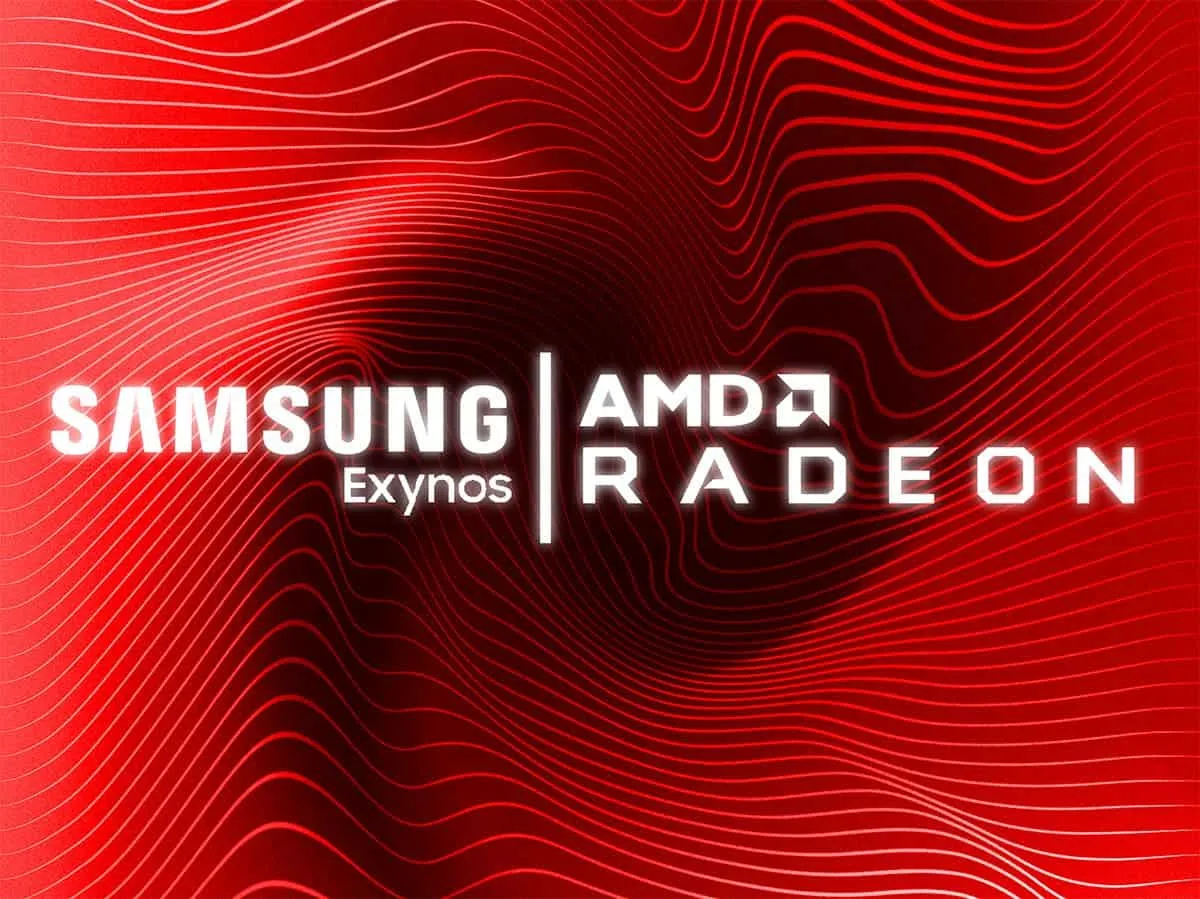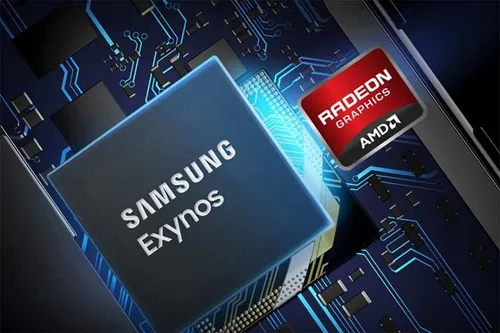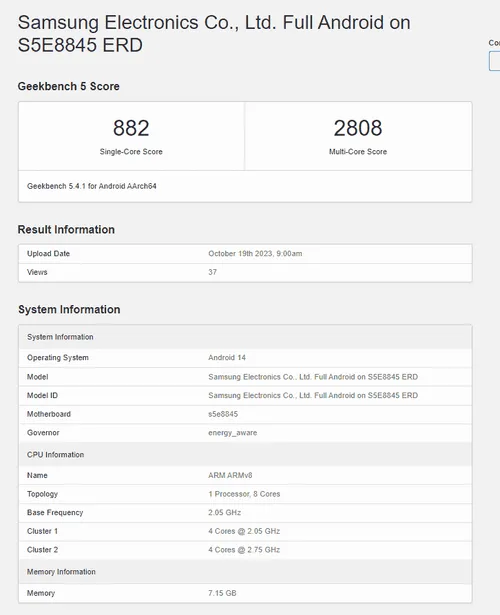
Samsung has recently unrolled the curtains on the flagship Exynos 2400. This chipset will be powering some of the Samsung Galaxy S24 models next year. Besides that, Samsung has also been working on some mid-range Exynos SoCs. That includes the Samsung Exynos 1480.
At the core, the Exynos 1480 is the successor to the Exynos 1380, which powered some mid-range devices such as the Galaxy A54. But this time, Samsung is making things interesting. It has equipped the chipset with an AMD GPU. To compare, the Exynos 1380 came with a Mali GPU.
Online Benchmark Confirms AMD GPU Inside the Samsung Exynos 1480
The Samsung Exynos 1480 has just been benchmarked with Geekbench 5. However, the benchmark was not on a consumer device. This is expected as the Galaxy A55, which will be the first smartphone with the chipset, isn’t due for another six months or so.

But the good news is that we did get a good number of details on the Samsung Exynos 1480 chipset from the benchmark results. To start with, the SoC packs eight cores. Four of them are clocked at 2.75 GHz, while the other four are at 2.05 GHz. In comparison, Exynos 1380 had four cores clocked at 2.4GHz and the other four at 2GHz.

What’s more important is that the Exynos 1480 features the Xclipse 530 GPU. For those wondering, Xclipse is the brand name Samsung utilizes for the GPUs based on the graphics architecture of AMD. The first Xclipse GPU, the Xclipse 920, debuted with the Exynos 2200 last year.
The successor of that GPU, the Xclipse 940, came out with the Exynos 2400. That said, it’s pretty clear that Samsung will keep the 9xx series GPU reserved for the flagship SoCs. On the other hand, the mid-range SoCs, such as the Exynos 1480, get Xclipse 5xx GPU.
More About the AMD Xclipse 530 GPU
The Xclipse 940 found in the Exynos 2400 utilizes AMD RDNA 3 architecture. It’s an upgrade to the RDNA 2 architecture found in the GPU of Exynos 2400. However, the GPU of the Samsung Exynos 1480 won’t take advantage of this advanced GPU architecture. It will use the RDNA 2 architecture.

Considering that, it’s safe to say that the performance of the Xclipse 530 will be comparatively lower than the flagship Xclipse 940. But the good news is that the Samsung Exynos 2200 had support for ray tracing. For those wondering, ray tracing is an advanced rendering technique that can produce incredibly realistic lighting effects.

As the GPU of the Exynos 1480 utilizes the same GPU architecture of the Exynos 2200, there’s a chance of us seeing mid-range Samsung phones with ray tracing support. But if Samsung plans to pack the Xclipse 530 with low-powered GPU cores, it may not debut with ray tracing support.
After all, ray tracing is extremely demanding. Even some of the moderately powerful desktop graphics cards don’t have support for it. But the fact that Samsung is bringing AMD GPU to mid-range chipsets is a big deal. Even if it doesn’t come with ray tracing support, the Exynos 1480 has the potential to be a great mid-range gaming chipset.

On that note, the benchmark results of the Samsung Exynos 1480 are promising too. The SoC scored 882 points in the single-core test of Geekbench 5. On the other hand, it got 2808 in the multi-core test. To compare 776 in single-core and 2599 in multi-core tests. And the performance could get further enhanced as Samsung refines the CPU before releasing the Galaxy A55.
Popular News
Latest News
Loading

